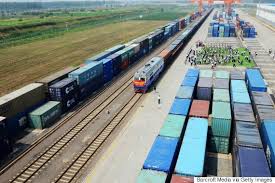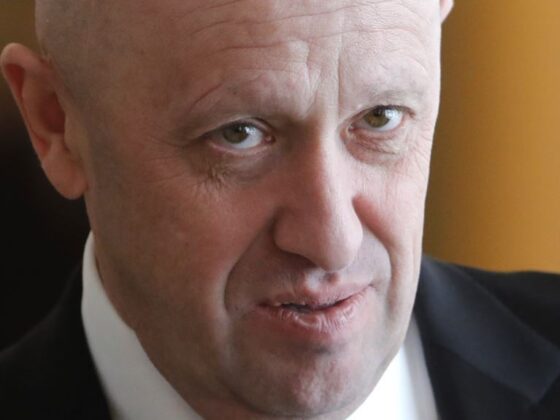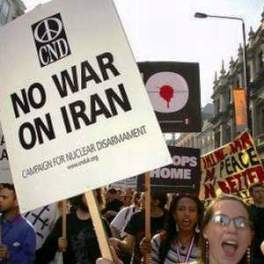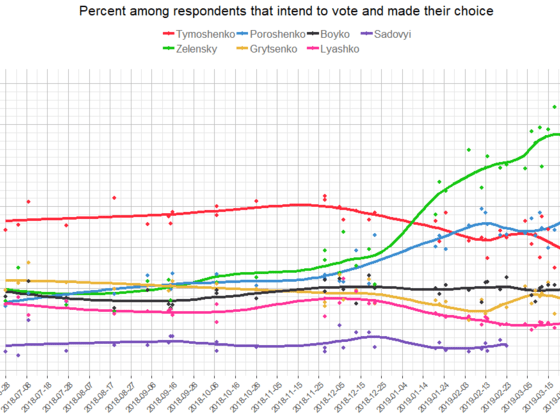(South China Morning Post) Washington’s plan was underfunded and under-resourced compared with Beijing’s ‘Belt and Road’ scheme. The contrast between Beijing’s and Washington’s support for a revitalised Silk Road could not be clearer.
This month’s Belt and Road Forum for International Cooperation, a gathering of existing and potential stakeholders in China’s trade development initiative, will welcome national leaders including Russia’s Vladimir Putin, Myanmar’s Aung San Suu Kyi and Indonesia’s Joko Widodo to Beijing. […]
The United States’ New Silk Road initiative was “basically a collection of interesting, somewhat promising but cash-poor ideas about regional connectivity”, said George Gavrilis, author of the 2008 book Dynamics of Interstate Boundaries, a study on border control in Central Asia since the 19th century. Beijing’s plan had “a lot more money behind it in the form of loans, grants, soft loans, low-conditionality and no-conditionality loans”. […]
In a 2015 policy memo written for the Ponars Eurasia think tank, Alexander Cooley, director of Columbia University’s Harriman Institute, noted a “close compatibility” between the Chinese and American initiatives that “emphasises regional connectivity in Central Asia (and, by implication, diversification away from Russia)”. […]
The Chinese were “trying to create as many roads and access points as possible”, including roads through Kazakhstan, Kyrgyzstan, Afghanistan, Pakistan, Iran and Russia, Gavrilis said. That approach “helps to provide wiggle room if they have relations and infrastructure into all of these neighbouring states and it gives them much more access to markets in a variety of ways”. […]
Read More © South China Morning Post











